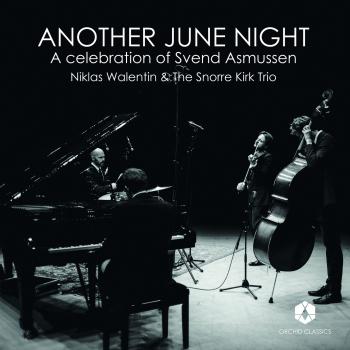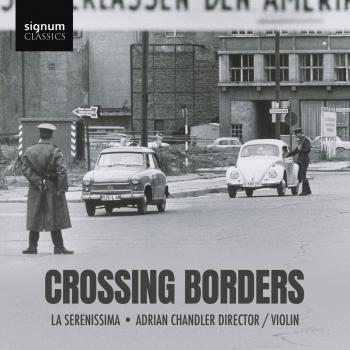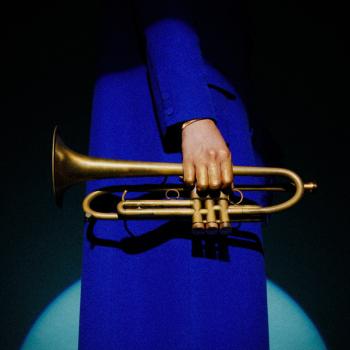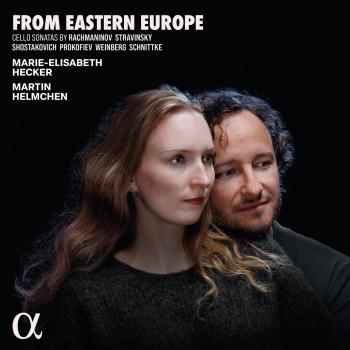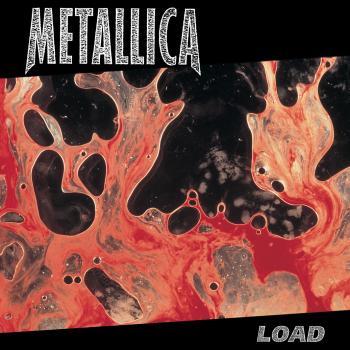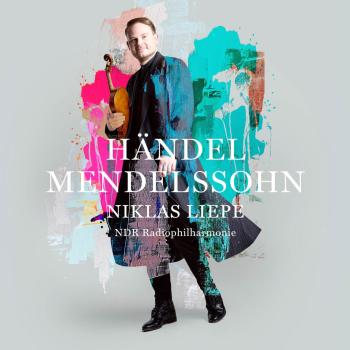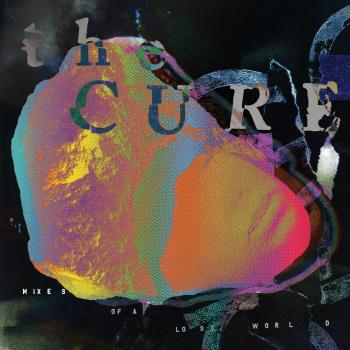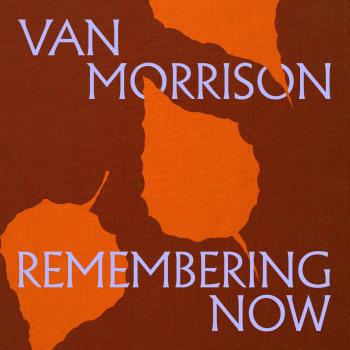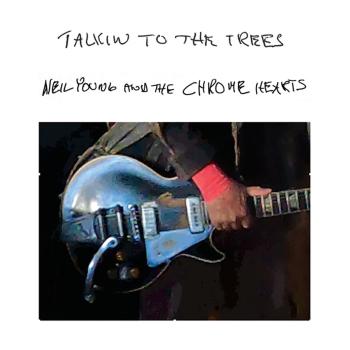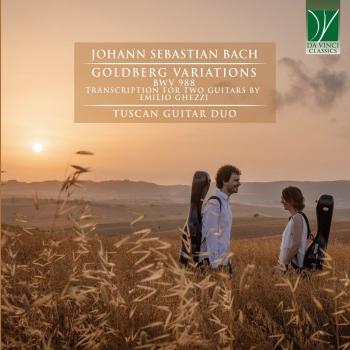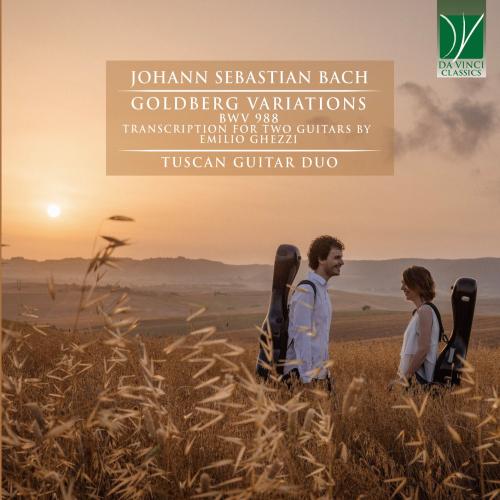
J.S. Bach: Goldberg Variations BWV 988 (Version for 2 Guitars by Emilio Ghezzi) Tuscan Guitar Duo
Album info
Album-Release:
2022
HRA-Release:
16.08.2024
Label: Da Vinci Classics
Genre: Guitar
Subgenre: Classical Guitar
Artist: Tuscan Guitar Duo
Composer: Johann Sebastian Bach (1685–1750)
Album including Album cover
- Johann Sebastian Bach (1685 - 1750): Goldberg Variations(arr. for Two Guitars) BWV 988:
- 1 Bach: Goldberg Variations(arr. for Two Guitars) BWV 988: Aria - Andante Espressivo 03:55
- 2 Bach: Goldberg Variations(arr. for Two Guitars) BWV 988: Var. 1 Più Animato 02:08
- 3 Bach: Goldberg Variations(arr. for Two Guitars) BWV 988: Var. 2 Allegretto 01:49
- 4 Bach: Goldberg Variations(arr. for Two Guitars) BWV 988: Var. 3 Canone all'Unisono. Andantino 02:11
- 5 Bach: Goldberg Variations(arr. for Two Guitars) BWV 988: Var. 4 Energico 01:07
- 6 Bach: Goldberg Variations(arr. for Two Guitars) BWV 988: Var. 5 Con fuoco 01:53
- 7 Bach: Goldberg Variations(arr. for Two Guitars) BWV 988: Var. 6 Canone alla Seconda. Allegro 01:31
- 8 Bach: Goldberg Variations(arr. for Two Guitars) BWV 988: Var. 7 Allegretto scherzando 02:14
- 9 Bach: Goldberg Variations(arr. for Two Guitars) BWV 988: Var. 8 Allegro 02:18
- 10 Bach: Goldberg Variations(arr. for Two Guitars) BWV 988: Var. 9 Canone alla Terza. Moderato 01:54
- 11 Bach: Goldberg Variations(arr. for Two Guitars) BWV 988: Var. 10 Fughetta. Alla Breve 01:52
- 12 Bach: Goldberg Variations(arr. for Two Guitars) BWV 988: Var. 11 Allegro 02:30
- 13 Bach: Goldberg Variations(arr. for Two Guitars) BWV 988: Var. 12 Canone alla Quarta. Andante 02:23
- 14 Bach: Goldberg Variations(arr. for Two Guitars) BWV 988: Var. 13 Adagio 05:36
- 15 Bach: Goldberg Variations(arr. for Two Guitars) BWV 988: Var. 14 Con fuoco 02:38
- 16 Bach: Goldberg Variations(arr. for Two Guitars) BWV 988: Var. 15 Canone alla Quinta. Adagio 03:55
- 17 Bach: Goldberg Variations(arr. for Two Guitars) BWV 988: Var. 16 Ouverture. Maestoso – Allegretto 03:22
- 18 Bach: Goldberg Variations(arr. for Two Guitars) BWV 988: Var. 17 Poco allegro 02:49
- 19 Bach: Goldberg Variations(arr. for Two Guitars) BWV 988: Var. 18 Canone alla Sesta. Alla Breve 01:34
- 20 Bach: Goldberg Variations(arr. for Two Guitars) BWV 988: Var. 19 Allegretto 01:30
- 21 Bach: Goldberg Variations(arr. for Two Guitars) BWV 988: Var. 20 Allegro Marcato 02:40
- 22 Bach: Goldberg Variations(arr. for Two Guitars) BWV 988: Var. 21 Canone alla Settima 02:31
- 23 Bach: Goldberg Variations(arr. for Two Guitars) BWV 988: Var. 22 Alla Breve 01:49
- 24 Bach: Goldberg Variations(arr. for Two Guitars) BWV 988: Var. 23 Allegro 02:45
- 25 Bach: Goldberg Variations(arr. for Two Guitars) BWV 988: Var. 24 Canone all' Ottava. Andantino 02:45
- 26 Bach: Goldberg Variations(arr. for Two Guitars) BWV 988: Var. 25 Adagio espressivo 07:13
- 27 Bach: Goldberg Variations(arr. for Two Guitars) BWV 988: Var. 26 Allegro deciso 02:58
- 28 Bach: Goldberg Variations(arr. for Two Guitars) BWV 988: Var. 27 Canone alla Nona. Allegro 02:10
- 29 Bach: Goldberg Variations(arr. for Two Guitars) BWV 988: Var. 28 Allegretto 03:05
- 30 Bach: Goldberg Variations(arr. for Two Guitars) BWV 988: Var. 29 Allegro 02:35
- 31 Bach: Goldberg Variations(arr. for Two Guitars) BWV 988: Var. 30 Quodlibet 01:39
- 32 Bach: Goldberg Variations(arr. for Two Guitars) BWV 988: Aria - Andante espressivo 04:01
Info for J.S. Bach: Goldberg Variations BWV 988 (Version for 2 Guitars by Emilio Ghezzi)
Bach’s Clavier Übung is a good example of an understatement. Übung means exercise, practice; if one were to judge the book by its cover, the obvious deduction would be that Bach’s Clavier Übung is a set of finger exercises, in the fashion of Hanon or Czerny. To be sure, Domenico Scarlatti’s magnificent keyboard Sonatas are likewise called Essercizii, “exercises”; and they are far from a dry form of gymnastics for fingers. Moreover, etymologically “exercitium” relates to training in the martial arts (from exercitus, the army); thus, it was also a training in virtue. The Latin word virtus is at the root of its English translation, “virtue”, but is also related to vir, man (the soldier, the hero), and to “virtuosity”, which today indicates also technical prowess and musical accomplishment. Thus, helped by this constellation of Latin words and etymologies, a net of significance starts to appear. Exercise, i.e. discipline, constancy, determination and self-sacrifice, is needed in order not merely to acquire physical fitness, either in the athletic/martial or in the musical field. This training, in fact, promotes one’s “virtue”; this is the expression of one’s innermost being, since a good person practises all virtues. Virtue comes from and expresses one’s heart; if this one is a man, a vir, traditional wisdom preached that his typical “virtues” were also those of a good soldier, a member of the exercitum who was well “exercised”. If one was a musician, his or her typical “virtues” were those of musical accomplishment. However, by the same token, “virtuosity” was just the outer expression of an individual’s “virtuous” heart; the achieved musical skills bore witness to the person’s self-discipline, needed in order to acquire them.
Bach published four volumes of his Clavier-Übung, which are among the few works printed during his lifetime. He evidently selected them carefully among his very best compositions; he oversaw their publication and engraving, which were undertaken at his own expenses. The four volumes also constitute an organic whole, since there are many likenesses and symmetries among them. (Most notably, the work opening the second part of each is always a French Overture, but many other similarities are found).
The first volume comprises the six keyboard Partitas; the second includes the Italian Concerto and the French Overture. The third is an impressive and masterful collection of organ works, conceived as an “organ Mass”, and framed by the majestic Trinitarian invocations of the E-flat major Prelude and Fugue. The fourth is constituted by the so-called Goldberg Variations, recorded in this Da Vinci Classics album in a transcription for two guitars.
If the Übung of Bach’s Clavier-Übung is perceived as an understatement, the “Clavier” should, in principle, bind these works to the keyboard. Thus, the idea of performing the fourth part of the “Keyboard practice” on instruments without a keyboard should, apparently, be counterintuitive, if not outrightly wrong.
Indeed, it is true that, by mastering the Goldberg Variations and the other volumes of the Clavier-Übung, a keyboard performer will acquire nearly all the technical skills needed for virtuosity. The “practice” of the “Keyboard Practice” gives what it promises; and if many works or movements contained in its four volumes are very demanding and require a long training, the result is undoubtedly also technical proficiency. “Also”: for Bach’s multi-volume work goes far beyond technique. Indeed, technique is needed for a goal; it is a means, not an end in itself. It is needed in order to be able to express a content, be it musical, spiritual or both. Once more, technique, “virtuosity”, should bespeak an individual’s soul. This, in Bach’s times, was understood not only (as the Romantics would do) as the expression of the individual’s feelings; rather, as a manifestation of the person’s interior “order”. This order was seen as mirroring the order of the cosmos, of the universe; in turn, this reflected the imprint of its Creator. Thus, a well-ordered soul was the correct response to one’s God-given vocation; this well-ordered soul was both the cause and the effect of all virtues, including their manifestation as “virtuosity”. ...
Tuscan Guitar Duo
Tuscan Guitar Duo
Promising talents of their generation, Gabriele Lanini and Chiara Festa perform during concert seasons in Italy and abroad, enjoying great success with audience and critics alike. Since 2015, the Duo have obtained international awards in many contests like the “LIGITA International competition” in Liechtenstein, one of the most important contests for guitar duos in the world, where they won 2nd prize. They also won 1st prize at: “International Selection Young Performers” in Valle Ossola, “Giulio Rospigliosi” in Lamporecchio, “Ansaldi” national contest in Mondovì, “Andres Segovia” contest in Pescara; moreover, they won 2nd prize at the “Braga international competition” in Portugal and 3rd prize at “Mercatali” international contest in Gorizia. In addition, they reached the final and won 3rd prize at the “Massimiliano Antonelli” chamber music contest in Latina, where they were the only guitar duo participating.
The Tuscan Guitar Duo is one of the few guitar groups to have presented the whole version of J.S. Bach's Goldberg Variations to the public, which has been part of their repertoire since 2019.
This partnership between Gabriele and Chiara started in 2014 during their studies with M° Giampaolo Bandini at the Conservatory L. Boccherini in Lucca (Italy) where they both graduated with top marks and honours. They attended lots of masterclasses, both together and as solo performers, with internationally renowned musicians like Trio di Parma (Enrico Bronzi, Alberto Miodini, Ivan Rabaglia), Pierpaolo Maurizzi, David Russell, Zoran Dukic, Oscar Ghiglia, Duo Melis, Marcin Dylla. Since 2015 they have attended higher education studies at Segovia Guitar Academy in Pordenone with M° Paolo Pegoraro, and in 2019 the duo were accepted for the (2nd level) master's in chamber music at the “Arrigo Boito” Conservatory in Parma where they both graduated with top marks and honours. The duo play guitars built for them by the English luthier Philip Woodfield.
This album contains no booklet.

